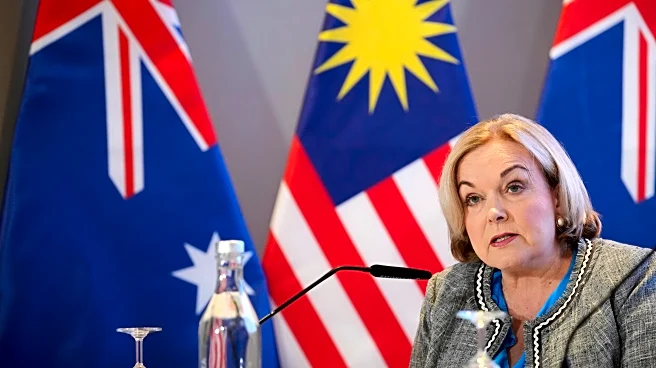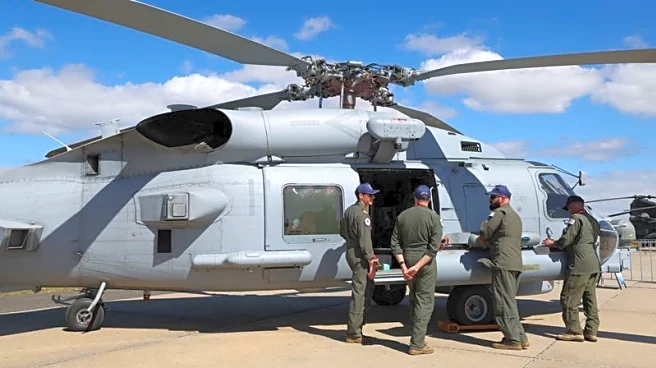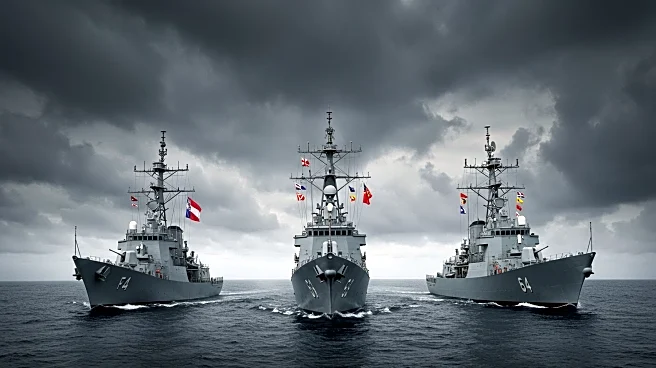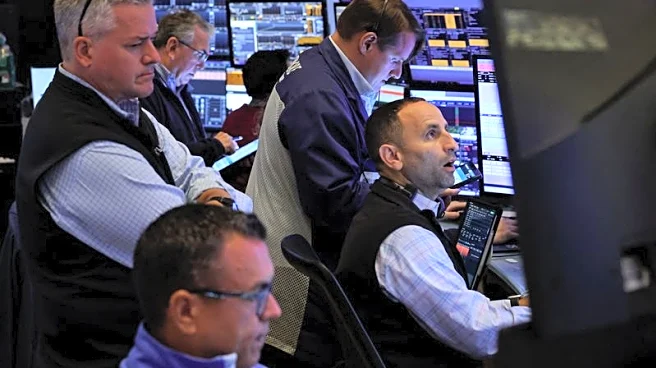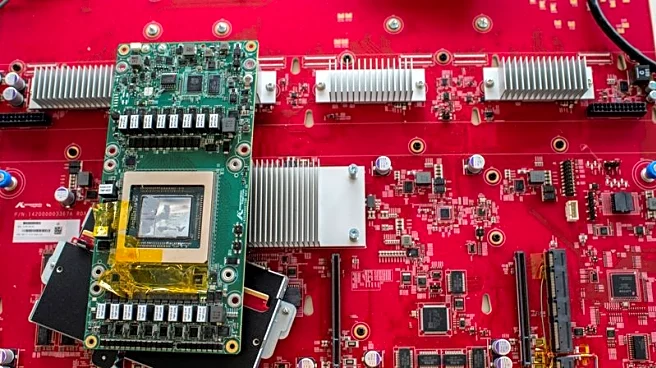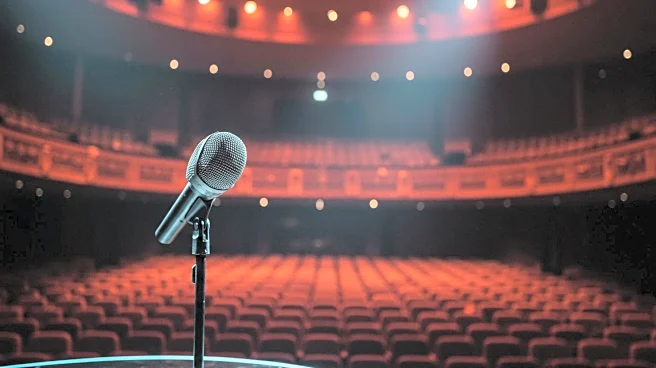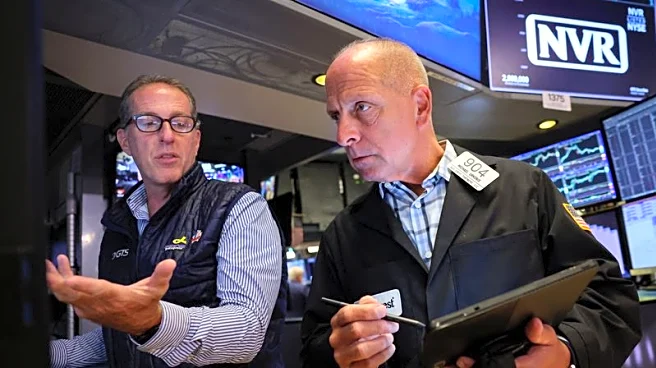WELLINGTON, New Zealand (AP) — New Zealand 's government announced new military spending Thursday of 2.7 billion New Zealand dollars ($1.6 billion) to replace aging aircraft, including helicopters it plans to purchase from the United States, senior officials said.
Cabinet ministers unveiling the package cited rapidly growing global tensions and a deteriorating security environment. New Zealand’s military spending has trailed that of its larger partners in the Five Eyes intelligence sharing group of countries
— which includes the United States, Britain, Canada and Australia — and the bolstered budget reflects a shift in how the remote island nation is responding to strategic competition among major powers in the Pacific Ocean.
“We face the most challenging strategic circumstances in New Zealand’s modern history and certainly the worst that anyone today working in politics or foreign affairs can remember,” Foreign Minister Winston Peters, who entered Parliament in 1979, told reporters.
The purchase of military planes and helicopters was the first procurement announced in a government plan, disclosed in April, to double defense spending from 1% to 2% of GDP in the next decade.
The package includes five MH-60R Seahawk helicopters to replace the existing maritime fleet and two Airbus A321XLR aircraft, allowing the retirement of Boeing 757s that are more than 30 years old and were already secondhand when purchased. The helicopters accounted for more than NZ $2 billion of the spending, officials said.
Defense Minister Judith Collins said her government would “move at pace” to procure the helicopters directly through the United States' foreign military sales program instead of going to a wider tender. Cabinet ministers were expected to consider the final business case in 2026, she told reporters in Wellington on Thursday.
It would take “a few years” to acquire the helicopters, Collins added, because buying new meant New Zealand would need to “wait in line.” She denied the choice to buy from the United States was an attempt to rectify the trade imbalance that has seen New Zealand goods targeted for an adjusted 15% levy when arriving in the U.S. under the Trump administration's global tariffs plan.
Collins said she didn't know whether New Zealand's trade minister would seek to use the purchase as leverage when making a case for lower tariffs to U.S. officials. The same helicopters were used by Australia, the U.S. and seven other countries, she said.
The leaders of New Zealand and neighboring Australia this month pledged closer military ties as they are increasingly confronted by great power competition, particularly the rise of China's influence, in the South Pacific Ocean. The region was once neglected by other Western nations, an attitude that has reversed sharply in recent years as the extent of Beijing's attempts to vie for sway with Pacific leaders has become more apparent.
That's proved a challenge for leaders in New Zealand, where use of military ships and aircraft has often been primarily in humanitarian and disaster situations. It has also required a fresh sales pitch on military budgets to a country of 5 million people where the need for defense spending in a remote country with few enemies has traditionally been a difficult sell.
“Distance no longer provides New Zealand the protection it once did,” Collins said. “And defense is not something that can be mothballed until you need it.”
The aging Boeing aircraft have frequently broken down while transporting New Zealand prime ministers abroad in recent years and now can only be flown short distances. The episodes are among an awkward string of incidents that have highlighted the rundown state of the country’s military hardware and persistent difficulties in maintaining it due to recruitment shortfalls.
The maritime helicopters New Zealand will retire are Seasprites made by American aerospace firm Kaman.
